Robert Mapplethorpe
was born in 1946 in Queens, NY. Queens is a borough of NYC, but in the 50’s and early 60’s it was more of a suburb than it is today. A pretty “normal” and mundane place, only minutes from Manhattan, (the “city”), and the center of the art world. Mapplethorpe was always artistically inclined. So in 1963 he enrolled in Pratt Institute, where worked in drawing, painting, sculpture and various mixed media collages. Not unusual. He was finding his footing as an artist.
Art to Photography
He liked Joseph Cornell and Marcel Duchamp and felt their influence. But when he got a Polaroid camera and started to incorporate those images into his collages, he discovered a certain satisfaction in the photographic process. He met Patti Smith, and they moved in to the Chelsea Hotel together. He was still working on mixed media pieces, but was incorporating more and more of his own photographs.
By 1973 he had his first solo exhibit at the Light Gallery in Manhattan. But it was another 2 years before he purchased his first “real” camera, a Hasselblad 500. Or as I called it in another post,…“The Magic Box”. He started shooting his close circle of friends. But they were all musicians, artists, porn stars, and S & M acquaintances in the clubs he frequented. He also started doing some commercial work at this time; album covers for Patti Smith and Television, (the music group), and party pictures for Andy Warhol’s Interview magazine.
Polaroids, Platinum Prints and Cibachrome
Since Mapplethorpe was a big part of documenting the New York S & M scene, his work is often described in those terms. Mainly because of the shocking content. But it was really almost incidental. (the content) Many people forget, or just don’t know, he perfected many analog techniques at the time. They included color 20″ x 24″ Polaroids, photogravures, platinum prints on paper and linen, Cibachrome and dye transfer color prints. He became a true master of these different techniques, and a mastery of light and composition.
In 1986, he was commissioned to take portraits of New York’s most important artists for a book, “50 New York Artists”. But his emotional and delicate portrayals of flowers are most what I loved about his massive portfolio. Since I’m not a still life photographer, I don’t know why I love his “flower” work. But I have yet to see one example, black and white or color, that doesn’t move me. Yes, the “White Gauze” image is great, and so are his body studies. But the Lilies get me every time. Sheer beauty in their simplicity and delicate lighting. And the crisp contrast of that Hasselblad Zeiss lens. And taking full advantage of the square format, sans cropping, always enthralled me.
The Foundation
His body of work was vast and can be found in his books and major museums around the world. Robert Mapplethorpe died in 1989, but not before this generous man left a legacy in the form of his work and setting up the Robert Mapplethorpe Foundation. (below) While it was difficult to pinpoint a genre he would fit into, the social significance of his work will live forever.
Mapplethorpe Foundation

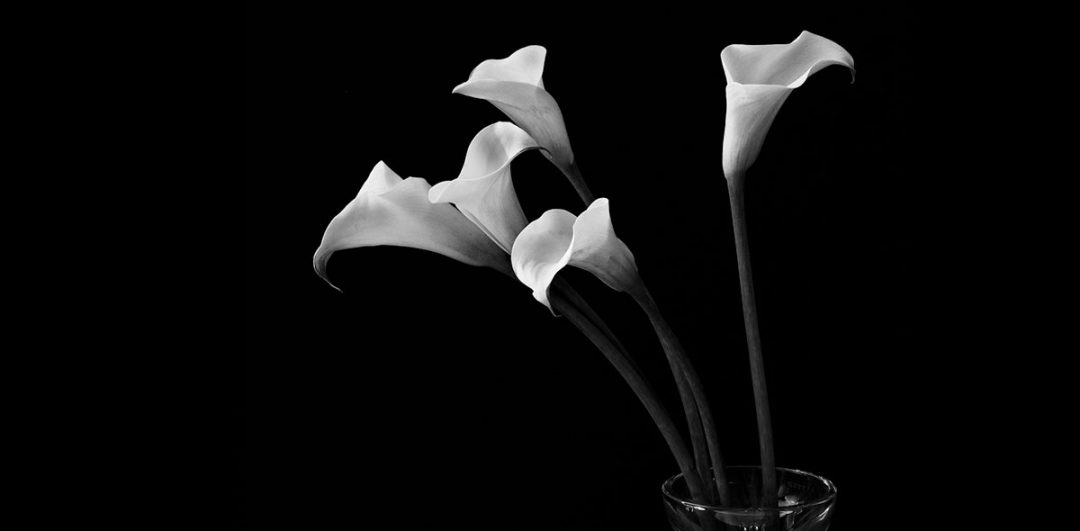
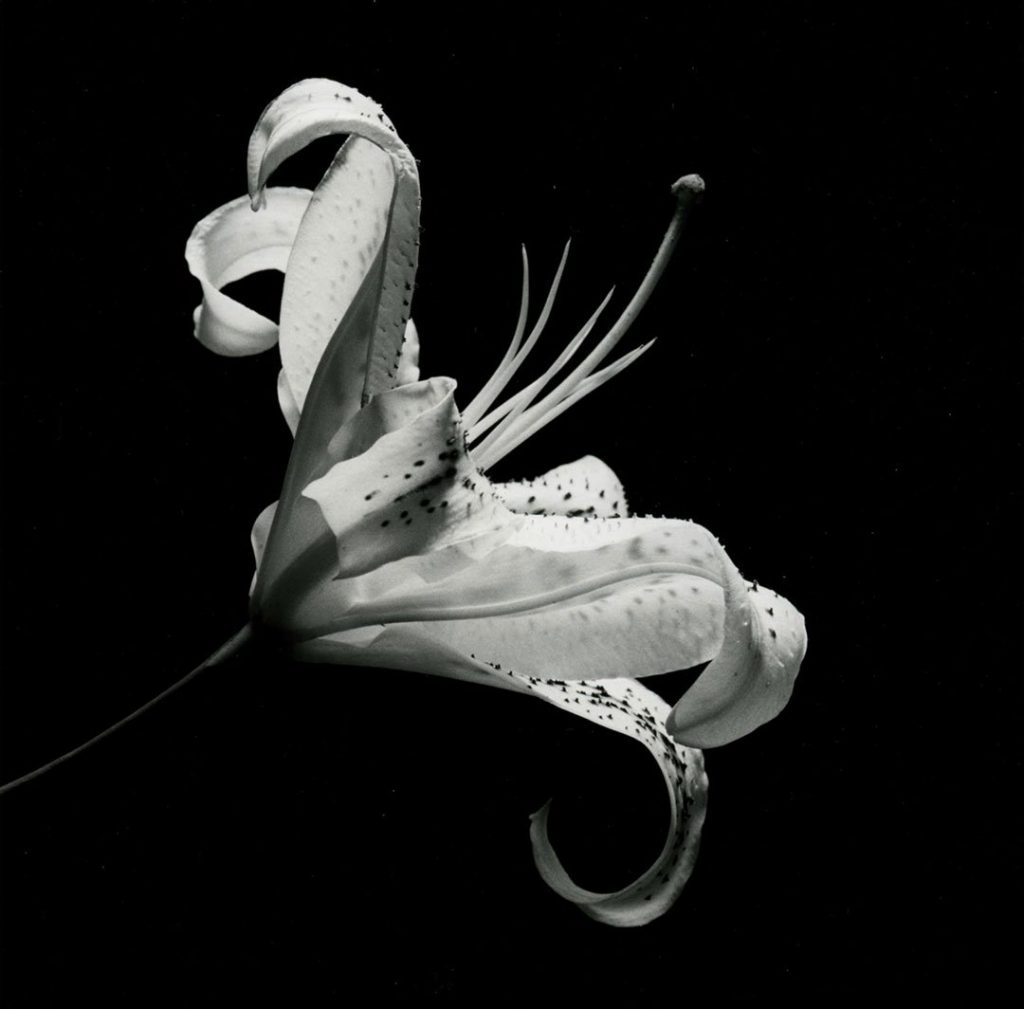
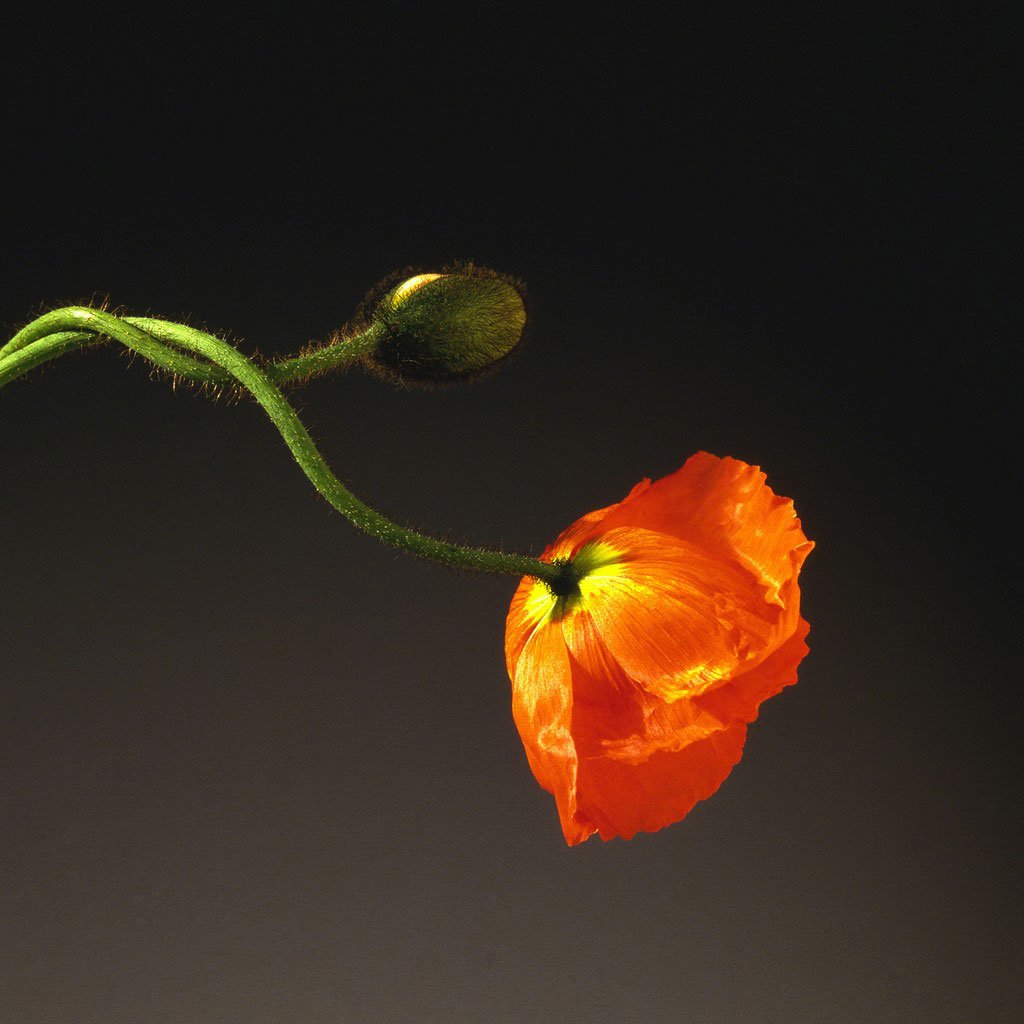
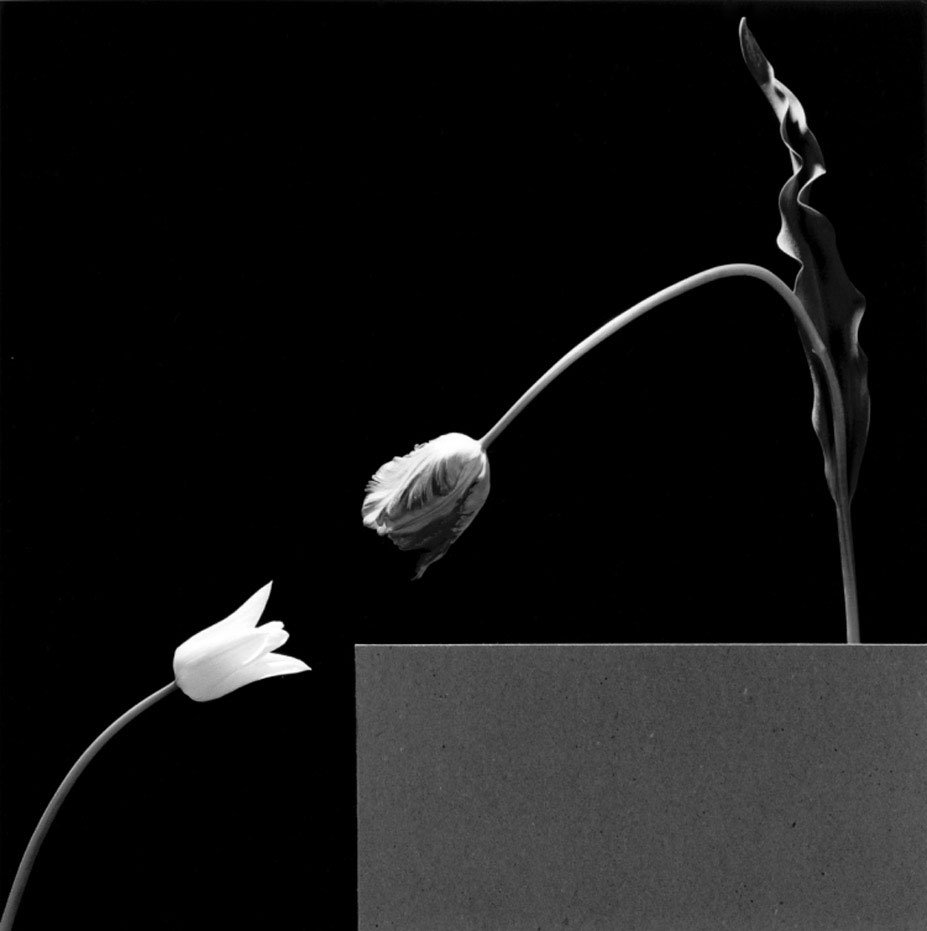
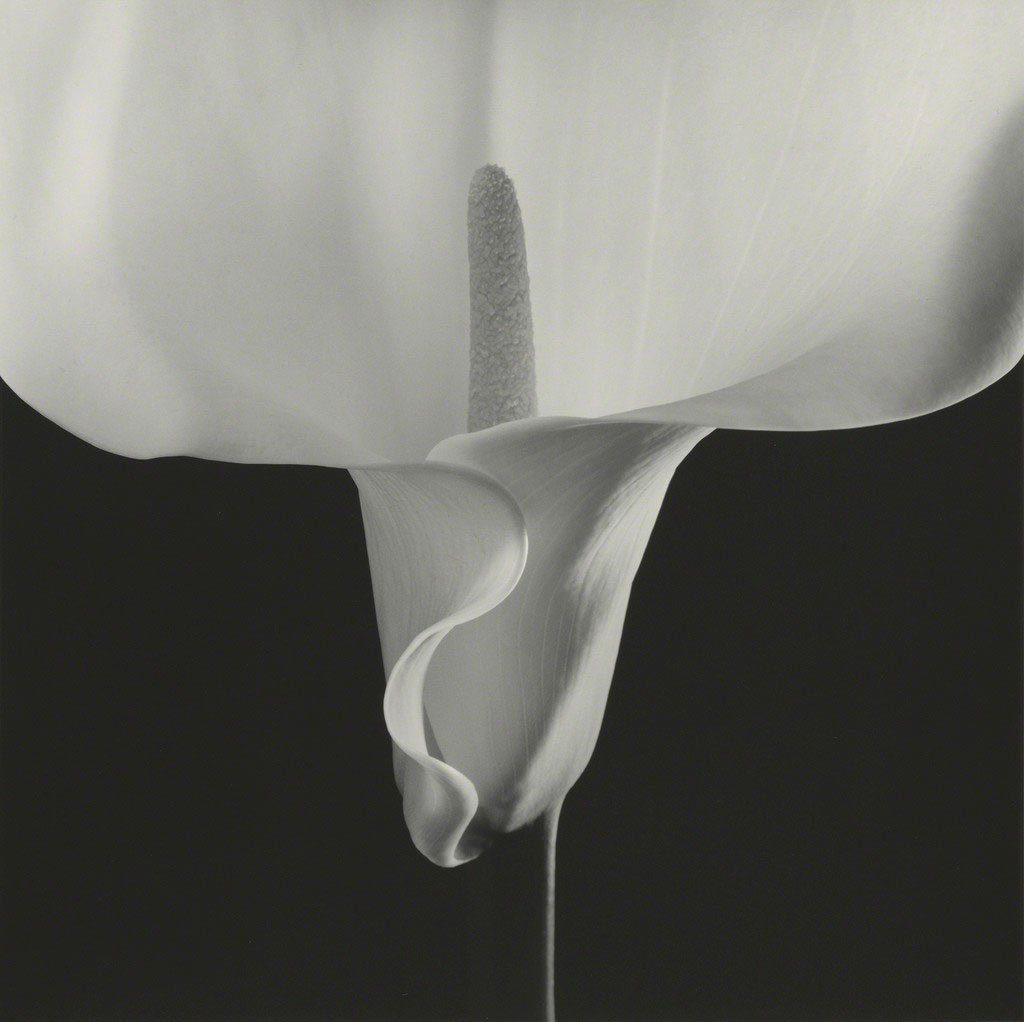
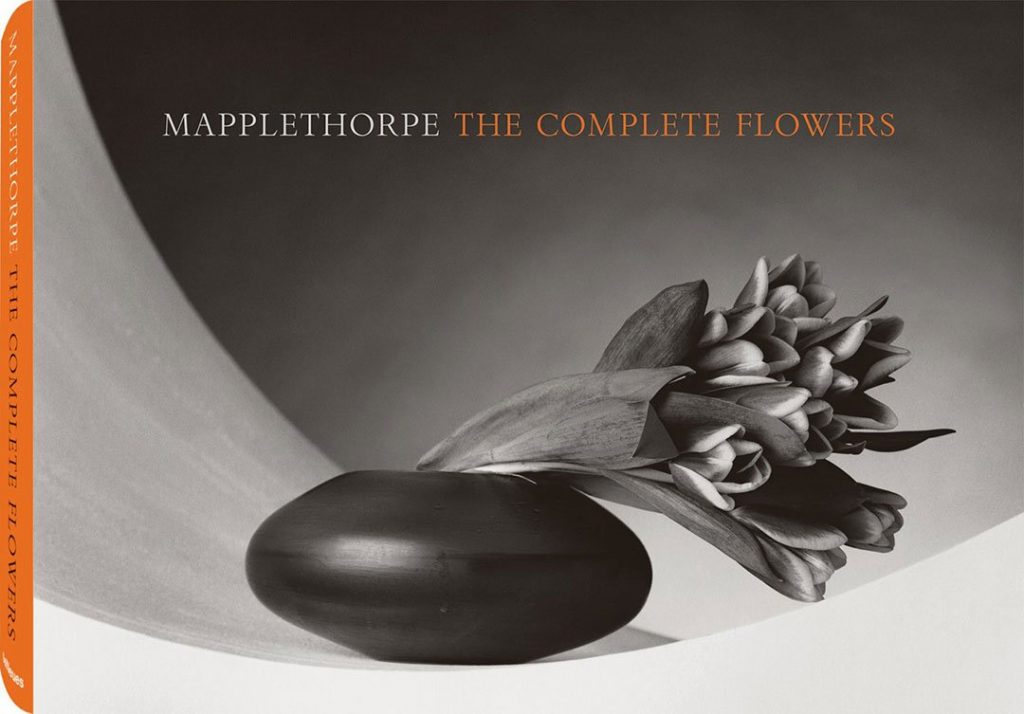
Wow. What stunning images of flowers. The black and whites are truly breath taking. I am a big fan of Ansel Adams, but I am certainly going to add Mapplethorpe to my list. Thank you for sharing the story and creativity of such an amazing artist.
He was awesome. While he became infamous for sexually explicit content, I always loved his flower series myself.
“While he became infamous for sexually explicit content “
He pushed boundaries. Forward thinking people do.